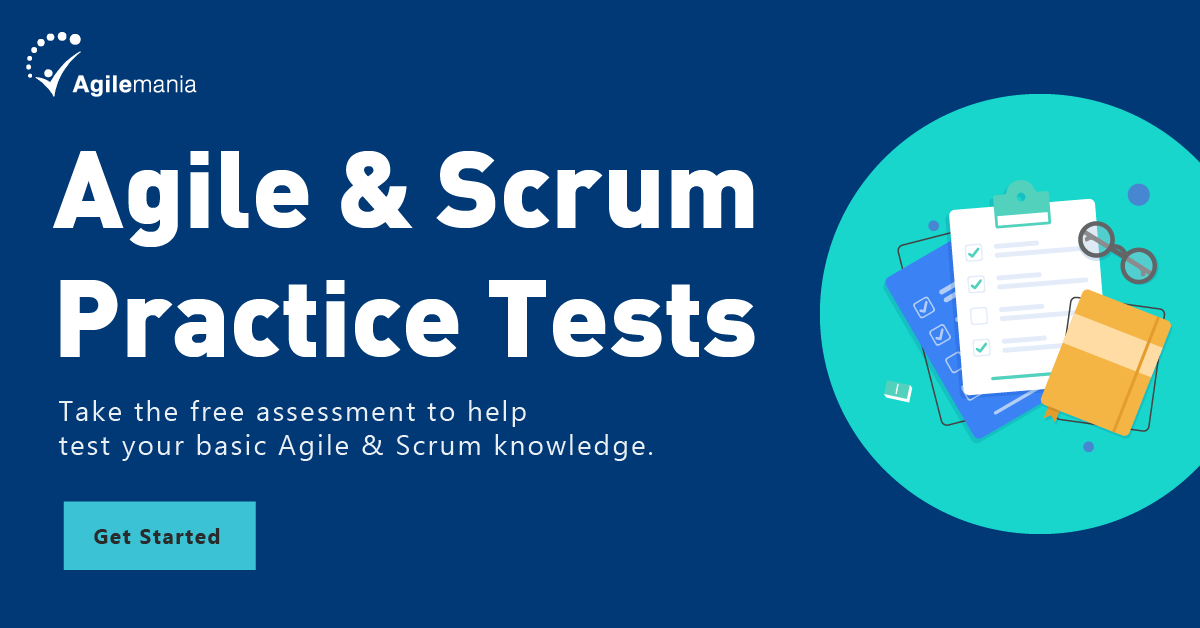
Naveen Kumar Singh
Naveen is a professional agile coach and has been working independently for a long time in the Asia... Read more

Naveen is a professional agile coach and has been working independently for a long time in the Asia... Read more

Not long ago, I posted on LinkedIn regarding why we should not employ a full-time scrum/agile coach and numerous people reacted. You can see the responses here. There were differences in opinion. A few of them echoed my thoughts and a few disagreed with it.
If this scenario, isn’t it sufficient to teach them to scrum? The most common argument – The command & control mindset of people managers that prevents them from discharging the duties of a Scrum/Agile Coach. But then, can this problem be magically solved by hiring scrum masters/agile coaches a rung below the people manager?
Scrum Master is a role in the scrum that the existing management folks can do much better if they take up this role and adopt servant leadership. Why is there a focus on creating a new title rather than focusing on improving people from the existing management? Why not educate them to perform better than hiring from outside?
I am planning to go profound in this with the intent of preparing a few useful resources. However, if you have a better experience could you please help me? To begin with, the first step could be to stop sending people to scrum master training and get management people educated on agile, scrum, and manager as teacher kind of the subject. Well, What next?

Some of them are even experimenting with outsourcing Learning & Development (L&D) The question is, are they the right target group to go for the Scrum Master role? I am apprehensive that, they may not have product/software development experience to understand ground challenges as well as technical coaching aspects. However, they can support existing scrum masters and can help in facilitating CoP (Community of Practices).
These roles are highly influenced by Taylorism and Scientific Management that promote silo thinking. Ideally, these roles should not exist in an agile organization that promotes self-organization and transparency. Many of these managers/leads are quite not happy with their work. Most of them have unhappy team members, and many struggle to visualize the road ahead, and are constantly in search of the answer to what next. I don’t consider them managers as they have no idea about what they are managing. Many of them were very good engineers and individual contributors who were promoted as described by Dr. Laurence J. Peter’s paradox to the next level of their incompetence as a reward for their good work.
The organization must do something for them. If given an opportunity they may like to go back to the core engineering field and contribute better, may want to take a bigger role such as engineering manager, product ownership, and agile coaching. Can we take a look at what they aspire for? Train them to be scrum masters, agile coaches or maybe product owners when needed.
When an organization moves to agile delivery and has onboard scrum masters/agile coaches from outside is when they actually struggle with an identity crisis and are confused about what to do next. In Agile, the team manages their task, scrum masters take over facilitation, working on impediments and actively get involved with the team. Teams are expected to be cross-functional and skilled to manage their dependencies. So the role of the lead/manager definitely looks redundant, does it not?
Why can’t these people take up the role of scrum masters/agile coaches? If they don’t know how to start, then get them educated, coached and mentored by external coaches for a short period of time till they are able to actively contribute. It helps you to avoid creating roles and hiring people.
Project managers and Program Managers have been the regular audience of my Scrum Master training. Many struggles to see themselves in the Scrum Master role and I recommend them to attend Scrum Product Owner class to have a better idea of whether they could do better in The Product Owner role.


Naveen is a professional agile coach and has been working independently for a long time in the Asia Pacific. He works with the software development team and product team to develop awesome products based on empirical processes.
WhatsApp Us
I recently had the privilege of attending the PSPO-Advanced class with Sumeet, and I must say, it was an outstanding lea...

Wonderful PSPO-Advanced Training by Sumeet Madan I had the chance to attend the Scrum Product Owner training by Mr. Sum...

Sumeet Madan's virtual PSPO-1 training was incredibly insightful. Sumeet possesses deep knowledge of the Scrum framework...

Insightful, practical, and engaging — the PSPO coaching sessions were incredibly valuable. Sumeet explained complex Sc...

Dear Sumeet, I just wanted to take a moment to sincerely thank you for the truly enriching PSPO training session today....

We will get back to you soon!
For a detailed enquiry, please write to us at connect@agilemania.com
We will get back to you soon!
For a detailed enquiry, please write to us at connect@agilemania.com



